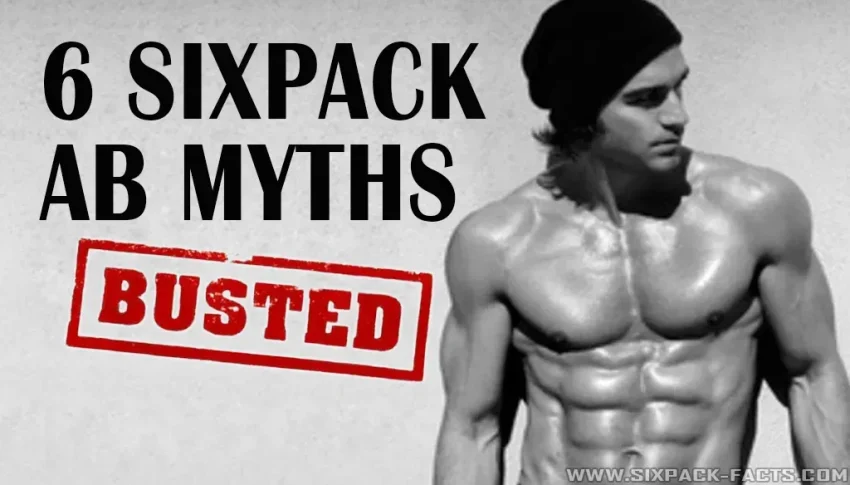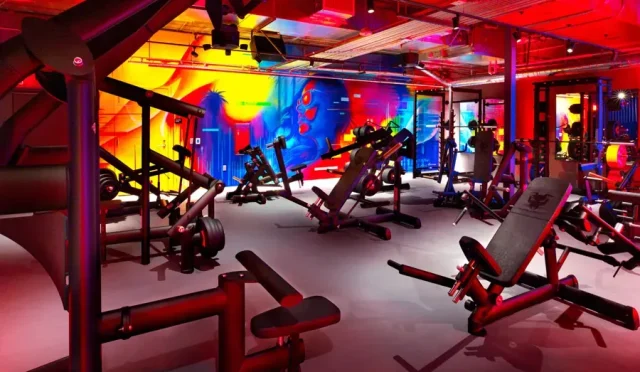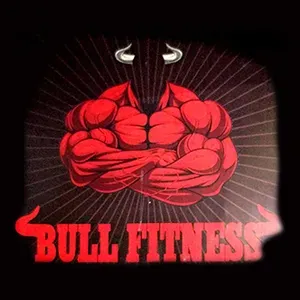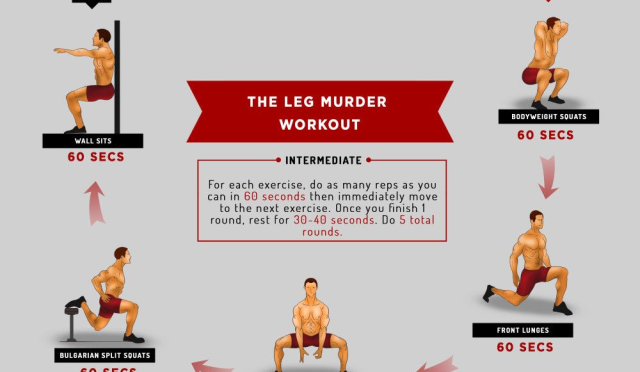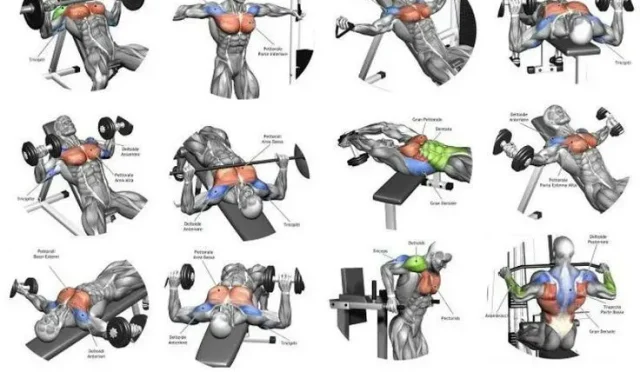Ab Myths Sabotaging Your Six-Pack: What to Know
Ab Myths Sabotaging Your Six-Pack, When it comes to achieving your dream of six-pack abs, a host of ab myths may be conspiring against your progress.
Despite the numerous claims surrounding abdominal exercises, many of these misconceptions can lead you astray on your fitness journey. For instance, one common fitness myth suggests that performing countless crunches alone will effectively help you lose belly fat. Understanding the science behind core training is crucial for anyone serious about sculpting their midsection. Let’s debunk these harmful myths and pave a clearer path toward achieving not just aesthetics, but functional strength in your core.
In the quest for a toned abdomen, many individuals encounter misleading information that falls under the umbrella of abdominal myths. These fallacies often suggest that specific workouts or extreme routines can solely grant you a flat stomach and prominent abs, without considering the underlying factors such as overall fitness and nutrition. Recognizing the diverse factors that contribute to your core’s appearance is essential for creating a sustainable training regime. By exploring the intricacies of effective core workouts and proper conditioning techniques, you’ll realize that meaningful results require more than just traditional sit-ups. Understanding these principles will ultimately empower you to chase your fitness goals with confidence and clarity.
Understanding Ab Myths: The Truth Behind Six-Pack Building
When embarking on your journey to achieving a six-pack, it’s crucial to differentiate fact from fiction. One prevalent myth in the fitness community is the notion that specific abdominal exercises will lead to spot reduction of belly fat. In reality, this approach oversimplifies fat loss, as the body generally loses fat uniformly rather than from targeted regions. Instead of solely focusing on crunches or leg raises, an effective strategy includes a comprehensive workout plan combining strength training, cardiovascular exercise, and a balanced diet to facilitate overall fat loss.
Moreover, understanding the anatomical and genetic factors influencing abdominal appearance is essential. Everyone’s abdominal structure varies due to genetics, and not everyone will achieve a pronounced six-pack, irrespective of effort. Recognizing that core strength comes through holistic training rather than just targeted ab exercises can reshape your training mindset, focusing on building functional strength alongside physical aesthetics.
The Dangers of Overtraining Your Abs
One common misconception is that working your abs daily will yield better results. However, overtraining can lead to muscle fatigue and even atrophy, inhibiting progress rather than enhancing it. Abs, like any other muscle group, require time for recovery to grow and strengthen. To maximize gains, it’s vital to incorporate rest days and vary your training intensity, allowing your body ample time to recover and adapt.
Additionally, a well-rounded approach that includes mixing up high- and low-intensity workouts ensures that your abs are not just strong, but also functional. This balanced method not only targets the abdominal muscles effectively but also protects against injuries that can arise from repetitive strain. By respecting your body’s need for recovery and incorporating diverse training methods, you’re setting yourself up for long-term success in your abdominal training journey.
Core Training: Challenging Fitness Myths
One of the most damaging fitness myths is the misconception that core training is solely aesthetic. While a visually appealing abdomen may be the goal for many, core strength encompasses far more than appearance. A strong core is essential for overall functional fitness, supporting movements in daily activities, improving posture, and enhancing performance in various athletic pursuits. By reorienting the focus from purely aesthetic goals to the functionality of abdominal muscles, you can redefine core training as a means of improving overall strength and stability.
Incorporating a variety of core exercises that enhance both strength and stability can yield substantial benefits. For instance, planks, medicine ball twists, and stability ball exercises engage multiple muscle groups, promoting balance and functional strength. Engaging in a versatile training regimen will not only help in developing a solid core but also contribute to the desired aesthetic outcomes, showing that aesthetic and functional training can be harmoniously integrated.
The Myth of ‘Visible Abs’ for Everyone
Many individuals believe that everyone has a six-pack hidden beneath their belly fat, but this is a misleading idea. Genetic predisposition plays a significant role in determining not only the visibility of abdominal muscles but also the shape and definition of those muscles. Some people may naturally develop a six-pack or even an eight-pack, while others may never achieve that prominent appearance regardless of their workout routine due to their unique genetic makeup.
Understanding that genes dictate the arrangement and depth of abdominal muscles can help set realistic expectations in fitness journeys. Instead of solely aiming for visible abs, individuals should focus on overall health and body composition. This balanced view encourages a healthier relationship with fitness, allowing for goals that prioritize well-being over aesthetic ideals while still striving for personal improvements in strength and conditioning.
Nutrition: The Key to Losing Belly Fat
While exercise plays a crucial role in fitness, nutrition is the cornerstone of losing belly fat and achieving a sought-after six-pack. Following a nutritious diet rich in whole foods, lean proteins, and healthy fats affects overall body composition more directly than ab-specific workouts. Combining calorie management with a balanced intake of nutrients encourages the body to shed excess fat, including around the abdominal area.
Engaging in regular cardiovascular activities along with strength training amplifies these efforts. This holistic approach recognizes that losing belly fat involves more than mere calorie counting; it’s about nourishing your body for optimal performance and recovery. By focusing on healthy eating habits, you create a supportive environment for your workout efforts, enhancing your journey towards achieving those coveted six-pack abs.
Setting Realistic Goals in Core Training
In the pursuit of six-pack abs, setting attainable and realistic goals remains fundamental. Many workout plans can lead participants to believe that rapid results are achievable, resulting in frustration and potential burnout when progress is slow. Instead, breaking down the journey into smaller, measurable objectives fosters a more sustainable approach and maintains motivation, emphasizing the gradual gain of both strength and endurance.
Moreover, tracking progress over time can provide insightful feedback and bolster motivation. Regular assessments of performance in core exercises or changes in body composition will highlight the progress being made, creating a sense of accomplishment. This practice not only reinforces the journey’s worth but also cultivates a positive mindset towards fitness, steering focus from aesthetic results to long-term health improvements.
The Importance of Core Stability in Fitness
Building a six-pack is not just about having defined abdominal muscles; core stability is vital to overall strength and fitness. A stable core supports other muscle groups during various exercises and plays a crucial role in everyday movements, reducing the risk of injury. Engaging in stability-enhancing workouts like balance exercises or functional training can significantly enhance core strength and functionality.
A strong, stable core also translates into improved performance in other sports or fitness pursuits. For example, athletes benefit from core stability as it enhances their agility, coordination, and strength during both training and competition. Thus, emphasizing core stability in your workout regime cultivates a comprehensive approach toward fitness that supports both aesthetic goals and holistic health.
Avoiding Ab Exercises that Don’t Deliver Results
With countless exercises available, discerning between those that effectively target the abs from those that don’t can be challenging. Many common ab workouts may promise results but fail to deliver tangible outcomes. Selecting exercises that engage multiple muscle groups while focusing on core contractions will better utilize workout time and energy, ultimately leading to greater strength and definition.
Additionally, placing priority on compound movements that integrate core engagement—such as squats and deadlifts—can be more beneficial than isolated abdominal exercises. Such movements require the core to stabilize the body, ensuring that strength building translation occurs across various activities. Focusing on efficient, results-driven workouts will save time and yield the best possible path toward achieving defined abs.
Incorporating Rest Days for Ab Recovery
One of the most overlooked aspects of a successful ab workout plan is the necessity of incorporating rest days. Overworking the abs can lead to muscle strain and hinder overall fitness progress. Just like any other muscle group, the abdominal muscles require time to recover and repair to promote strength growth. Establishing a workout schedule that incorporates regular rest days is crucial for achieving the best results.
During rest periods, the body focuses on repairing muscles, making them stronger for the next bout of training. Ignoring rest can lead to diminishing returns, where your efforts in the gym yield fewer results. Additionally, integrating days focused on recovery through yoga or light activity can enhance flexibility and core engagement, ensuring a balanced approach to building six-pack abs.
Frequently Asked Questions
What are the biggest myths about six-pack abs that I should be aware of?
There are several fitness myths about six-pack abs, including the belief that you can train them every day and achieve spot reduction by doing ab exercises. It’s crucial to understand that abs require recovery like any other muscle, and losing belly fat is primarily achieved through a holistic approach to nutrition and overall fitness, not just crunches.
Can training my abs every day help me achieve a six-pack faster?
No, this common ab myth is misleading. Overtraining your abs can lead to muscle atrophy and hinder your progress. Muscles need recovery and varied intensity training to grow effectively. For optimal results, incorporate rest days and mix your core exercises with different intensities.
Is it true that working out my abs will burn belly fat?
This is a prevalent fitness myth; there is no evidence for spot reduction. To effectively lose belly fat, you should focus on a combination of cardiovascular exercise, strength training, and a balanced diet rather than solely relying on abdominal exercises.
Can aesthetic and functional core training coexist in my workout plan?
Absolutely! Many people believe that aesthetic and functional training are mutually exclusive, but they can be combined effectively. A well-designed program should include a variety of exercises that promote both visibility (muscle definition) and functionality (core strength), ensuring you achieve the results you desire.
Do everyone’s abs have the potential to look the same under belly fat?
This is a common misconception. Genetics play a significant role in the appearance of your abs. Factors such as the shape of your linea alba and the arrangement of tendinous fibers determine how your abs will look, meaning not everyone can achieve the same six-pack appearance regardless of body fat percentage.
| Ab Myth | Description |
|---|---|
| More Is Better | Training abs daily leads to overuse and atrophy; a mixed-intensity approach is more effective. |
| Working Your Abs Burns Belly Fat | Spot reduction is a myth; fat loss is achieved through a combination of nutrition and varied exercise. |
| Aesthetic & Functional Training Are Mutually Exclusive | A program can combine effective aesthetics with functional strength, leading to overall fitness. |
| Everyone Has a Six-Pack Under Their Belly Fat | Genetics determine the appearance of your abs; some people are naturally predisposed to have more defined abs. |
Summary
Ab myths can significantly hinder your progress toward achieving a six-pack. Understanding these four myths is essential to effective training: more isn’t always better, working your abs won’t specifically burn belly fat, aesthetics can go hand in hand with functionality, and not everyone has the same genetic potential for visible abs. By debunking these common misconceptions, you can adopt a more effective and informed approach to your core training.

